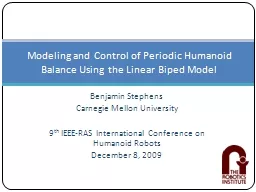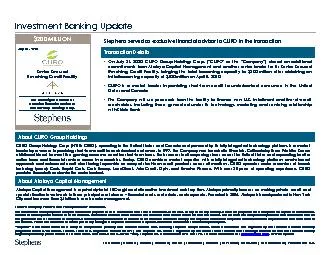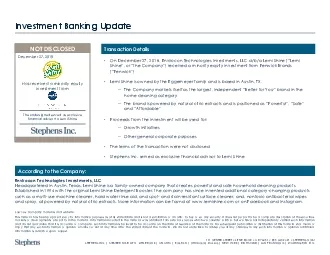PPT-Benjamin Stephens
Author : phoebe-click | Published Date : 2015-10-27
Carnegie Mellon University 9 th IEEERAS International Conference on Humanoid Robots December 8 2009 Modeling and Control of Periodic Humanoid Balance Using the Linear
Presentation Embed Code
Download Presentation
Download Presentation The PPT/PDF document "Benjamin Stephens" is the property of its rightful owner. Permission is granted to download and print the materials on this website for personal, non-commercial use only, and to display it on your personal computer provided you do not modify the materials and that you retain all copyright notices contained in the materials. By downloading content from our website, you accept the terms of this agreement.
Benjamin Stephens: Transcript
Download Rules Of Document
"Benjamin Stephens"The content belongs to its owner. You may download and print it for personal use, without modification, and keep all copyright notices. By downloading, you agree to these terms.
Related Documents














